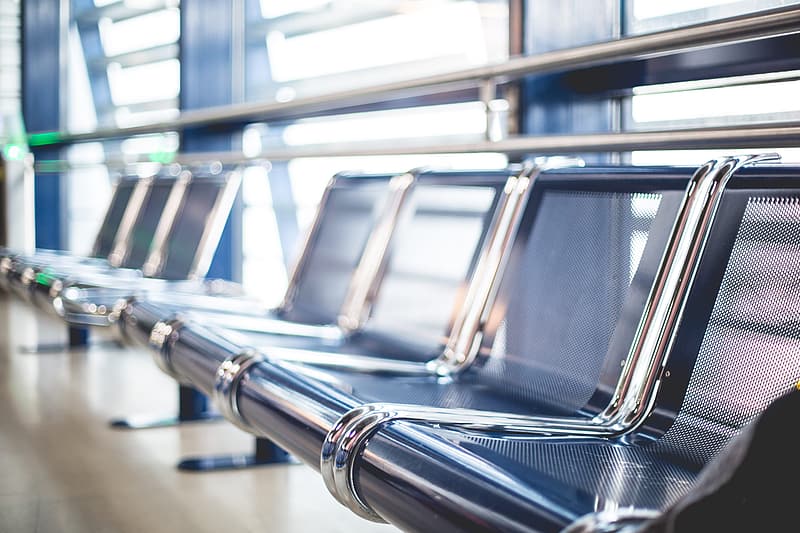COVID-19 clears path for better air, water quality
Due to COVID-19 stay-at-home orders, plane travel has reduced significantly, leaving airports and the skies empty. This absence of planes has allowed for less release of nitrogen dioxide into the atmosphere, therefore, lowering the overall pollution in the skies.
May 5, 2020
As celebrated on April 22, Earth Day brings awareness to the beauty of our planet. In addition to inspiring admiration among many, this holiday also brings rise to the environmental impact of COVID-19.
While COVID-19 has presented the global community with an array of unique challenges, it has also had a number of positive effects on the environment.
“With people practicing social distancing all around the world, it’s allowed us to see how nature can bounce back from our environmental interaction,” Amy Merriott, history teacher and environmental club sponsor, said.
As the vast majority of the population has stayed at home in an attempt to mitigate the spread of COVID-19, one of the most noticeable environmental changes is the improvement of the air quality. The decrease in transportation, coupled with the closure of several businesses has led to a decline in fossil fuel emissions.
“The air from Boston to Washington is its cleanest since a NASA satellite started measuring nitrogen dioxide in 2005,” atmospheric scientist Barry Lefer said.
Nitrogen dioxide is one of the many pollutants that contaminate the Earth’s atmosphere. While not the only means of nitrogen dioxide emissions, airplanes are the predominant producer of this gas.
“Airports are usually the hottest spots for nitrogen dioxide traffic,” Jennifer Kaiser at Georgia Institute of Technology, said. As the spread of COVID-19 has hastened, air travel has significantly reduced, thus allowing for a vast decline in nitrogen dioxide emissions.
The increase in air quality has not only allowed for clearer skies, but it may also reduce susceptibility to viruses.
According to Forbes Magazine, the lung damage caused by air pollution makes it easier for respiratory viruses to negatively affect our health. Therefore, a reduction in air pollution may improve overall health.
Not only has the pandemic allowed for an improvement in air quality, but it has also allowed for cleaner water, especially in the canals of Venice. According to the World Environment Forum, “the pandemic should serve as a wake-up call that our impact on the environment is not just about carbon emissions.”
As there is only one main road in Venice, a series of canals serve as the primary method of transportation on the island. With a decrease in social mobility, and thus significantly lower numbers of citizens utilizing the boats to travel across the island, the canals have appeared noticeably cleaner.
“The canal is definitely clearer, you just have to look at the canal when the water is very calm. There are no boats, there is no traffic,” Venice resident Serguei Michtchenk said.
As a whole, the reduction in transportation has allowed for a decrease in the impact of our human footprint and has allowed humanity to experience a glimpse of the undisturbed natural world.
“People are looking at COVID-19 impacts and seeing better air quality with less traffic. They might wonder if this is what the future could look like if we relied more heavily on electric vehicles than we do now,” Kaiser said.
































